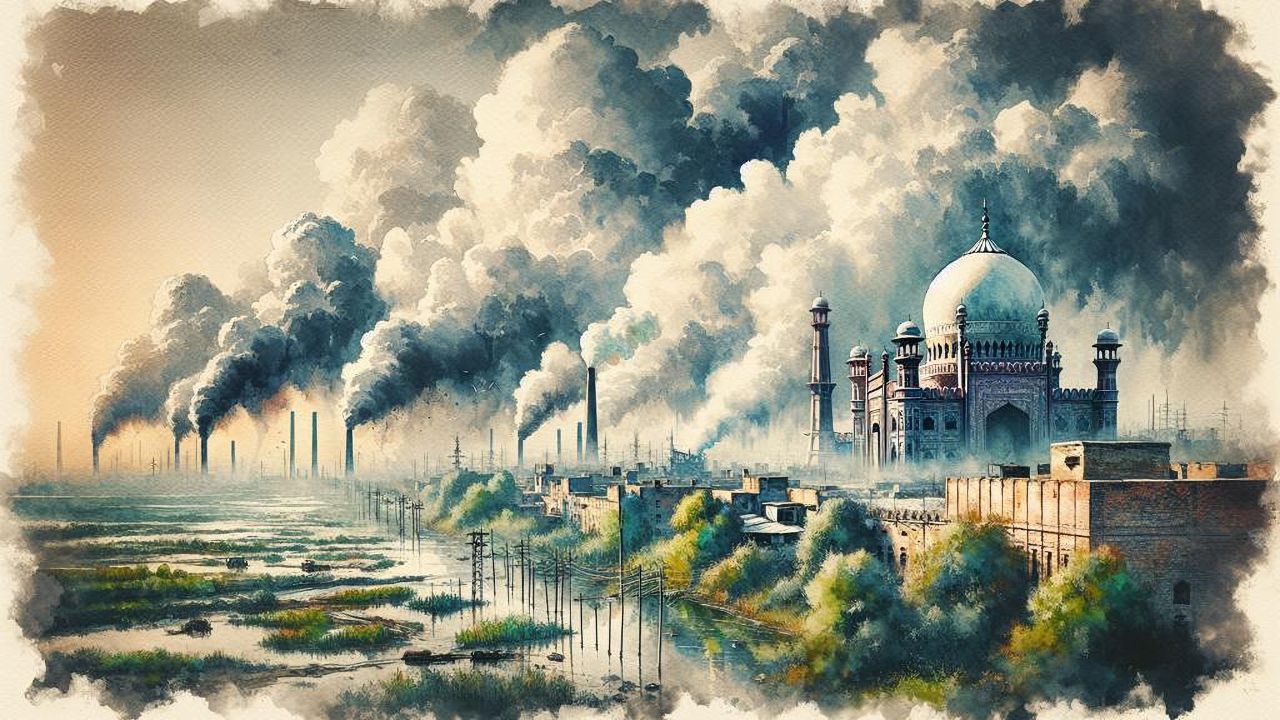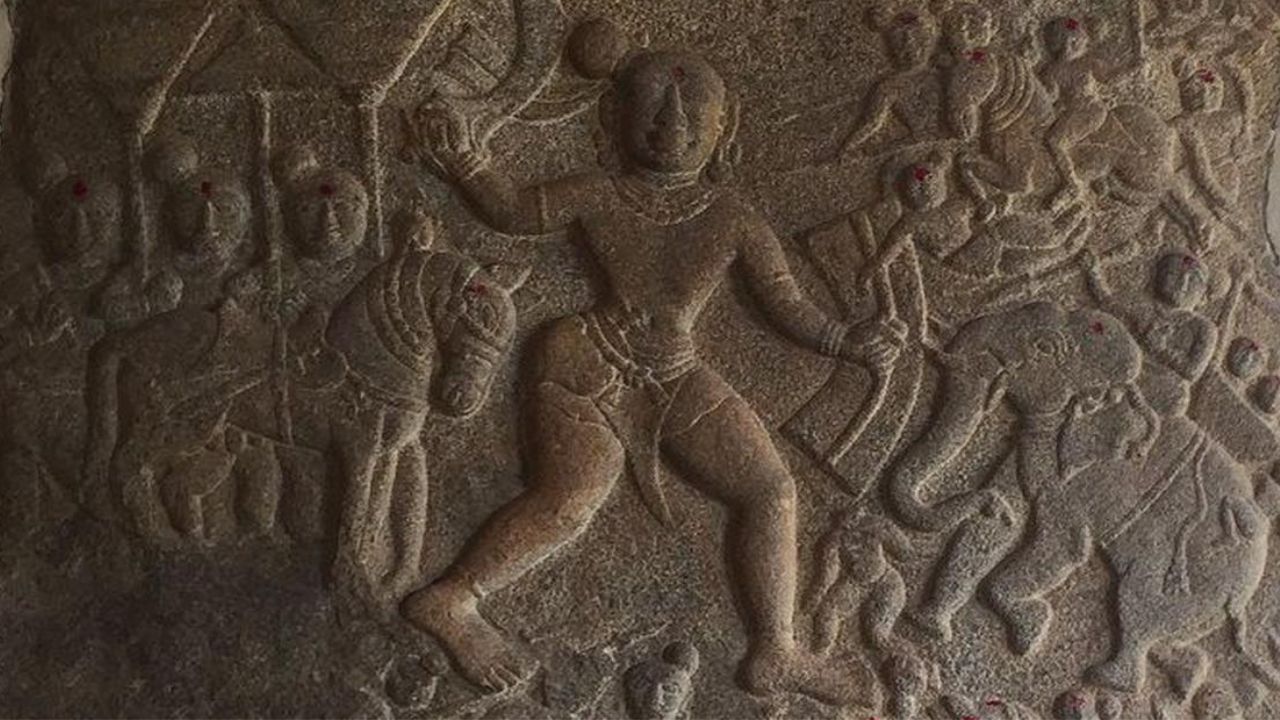
Festival of Rage
Read More
Sanity Break #1
The winner of the Wildlife Photographer of the year award went to an image of “explosive sex”—a number of groupers rushing to release their sperm as a female fish dropped a burst of eggs. We were more impressed by this photo of two reindeers fighting for control of a harem.

Headlines that matter
Check out this edition for the most important stories from around the world today!

Sanity Break #2
To be frank, we’re not quite sure what to make of ‘The Berojgar Song’—which is seriously nuts—but we leave you to make up your own mind.

Smart & Curious
Here’s a list of intriguing things to pique your interest and wonder at our weird, wacky world.

Feel Good Place
Need an immediate pick-me-up? We have you covered! From hilarious animal clips to stuff that’ll make you go “lol why?!”, we have all you need to keep you sane on even your worst hair day.






